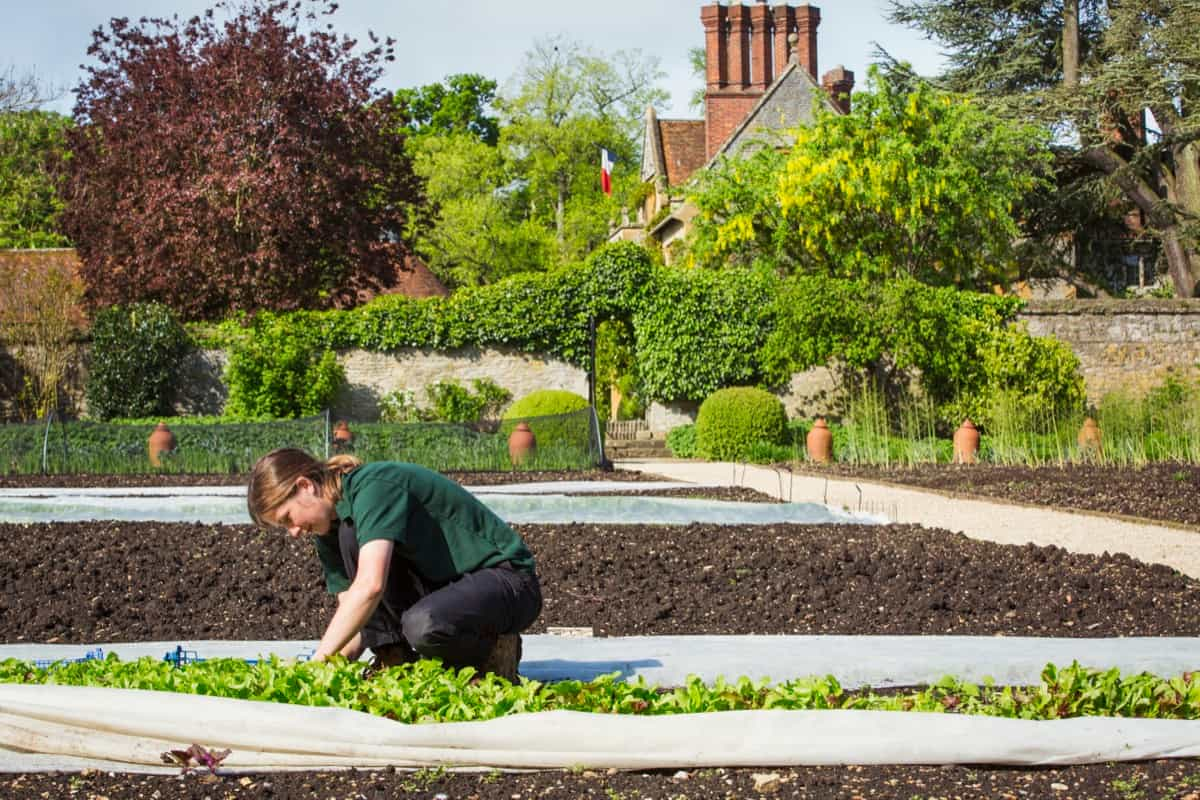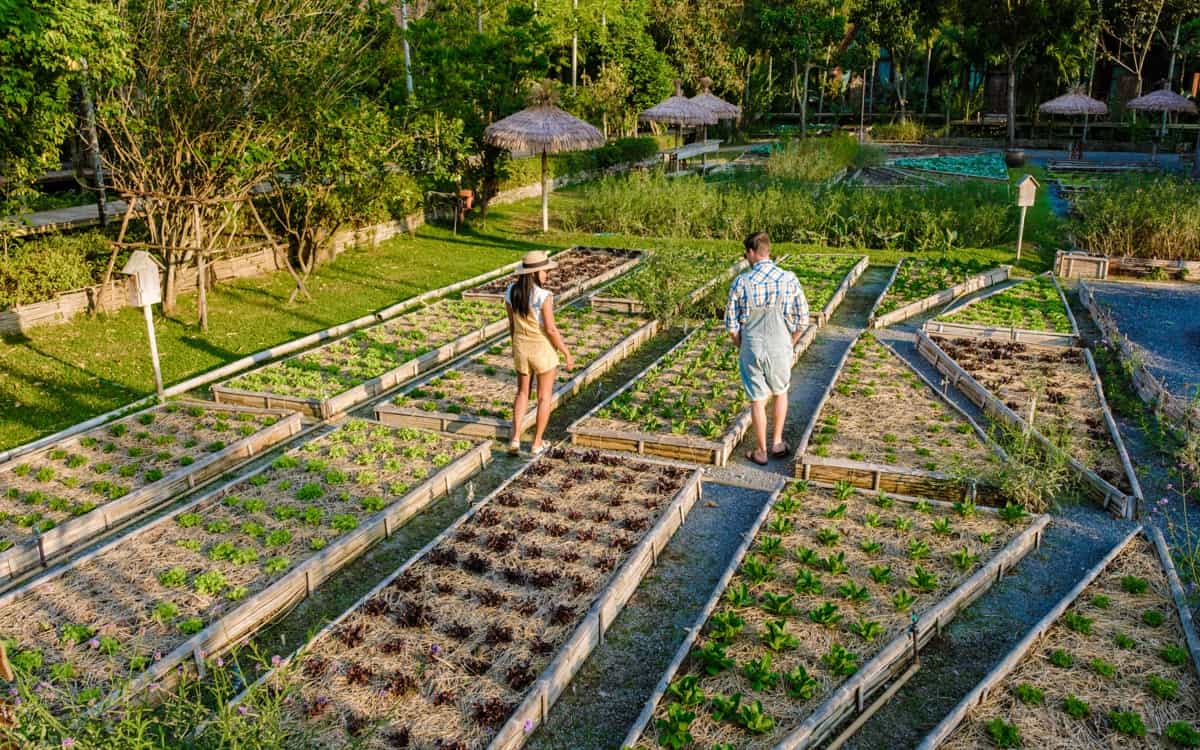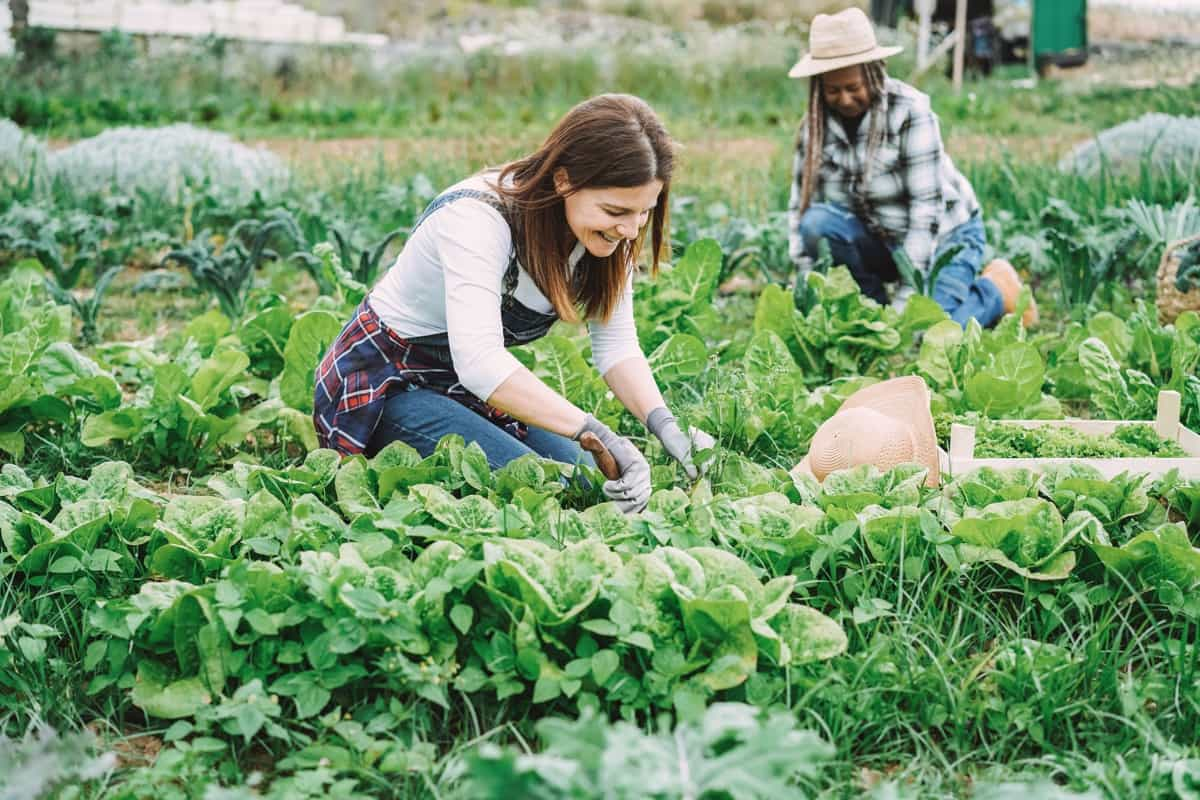When deciding, “When should I start gardening in West Virginia?” or pondering about the growing season in West Virginia, it’s essential to understand the state’s diverse climate. Whether you’re curious about when to plant tomatoes in West Virginia or searching for a comprehensive West Virginia vegetable planting guide, this article will provide all the information needed.

While many get confused between West Virginia and Virginia, it’s vital to note that the gardening schedules vary. So, if you’ve been asking, “When should I start my vegetable garden in Virginia?” remember that West Virginia has its unique planting timeline. What zone is West Virginia for planting? The state spans multiple zones, influencing when to plant vegetables, such as lettuce and cucumbers. Gardeners can ensure a bountiful harvest by understanding the best vegetables to grow in West Virginia.
When to Plant Vegetables in West Virginia
Understanding West Virginia’s Climate Zones
West Virginia’s diverse topography means it falls into multiple USDA hardiness zones, ranging from 5a in the northern regions to 6b in the southern areas. These zones are crucial in determining the suitable times for planting different vegetables. The northern zones typically experience cooler temperatures, while the southern zones have slightly milder climates, especially during winter.
Factors Affecting Vegetable Planting Dates in West Virginia
Several factors affect vegetable planting dates in West Virginia. Soil temperature, for instance, greatly influences seed germination rates. Some vegetables require warmer soils, while others prefer cooler conditions. The length of daylight, last frost date, and first frost date are other pivotal factors. Moreover, microclimates, created by hills, valleys, and water bodies, can cause temperature variations even within small areas. This variance is why understanding local conditions is paramount.
Planting Vegetables in Northern West Virginia
In the northern parts of West Virginia, which includes zones 5a and 5b, the planting season starts a bit later than in the southern regions. Gardeners can start cool-season crops like peas, spinach, and radishes from late March to early April once the soil is workable. Mid-April is ideal for planting lettuce in west Virginia’s northern zones. As for warmer-season vegetables, such as tomatoes and peppers, it’s best to wait until late May or early June to ensure that the danger of frost has passed.
Optimal Vegetable Planting Times for Southern West Virginia
In southern West Virginia, covering zones 6a and 6b, the planting schedule is slightly ahead of the northern areas. In late March, gardeners can begin sowing cool-season crops like broccoli, cabbage, and kale. Since you’re pondering when to plant cucumbers in west Virginia’s southern region, aim for late April to early May, as these veggies prefer warmer soil. Tomatoes, peppers, and eggplants are best planted in mid-May, ensuring they thrive in this zone’s warmer temperatures.
In case you missed it: Best West Virginia Container Plants: For Vegetables, Flowers, Herbs in Winter, Shade, Full Sun

Vegetable Planting Schedule for West Virginia
- Early spring (March to April): Start with cool-season crops like lettuce, spinach, peas, and radishes.
- Late spring (May to June): Warm-season vegetables, such as tomatoes, peppers, cucumbers, and beans, can be sown.
- Summer (July to August): Focus on fast-growing crops like bush beans, summer squash, and turnips, which can offer a harvest before the fall frost.
- Early fall (September): It’s time to plant crops like kale, collards, and turnips, which can tolerate mild frosts and mature quickly.
Recommended Vegetables for Early Spring Planting in West Virginia
For gardeners eager to begin their gardening journey in early spring, West Virginia offers an array of vegetables to consider. Plant peas, spinach, radishes, lettuce, kale, and turnips during this period. These vegetables can handle the cooler temperatures and shorter daylight hours, providing an early harvest.
Late Spring and Early Summer Vegetable Planting Guide for West Virginia
The gardening activity peaks in West Virginia in late spring and early summer. This period is optimal for planting tomatoes, peppers, cucumbers, beans, summer squash, corn, melons, and eggplants. These plants thrive in the increased warmth and extended daylight, ensuring a bountiful summer harvest.
Fall Vegetable Planting Tips for Northern West Virginia
In Northern West Virginia, fall presents an opportune time for planting cool-season crops, capitalizing on the mild temperatures and diminishing summer heat. To achieve a successful harvest, gardeners should prepare their garden beds, remove any remnants of summer crops, and enrich the soil with compost. Vegetables like kale, turnips, broccoli, and radishes are particularly well-suited for this region’s fall climate.
These veggies can handle light frosts, which often grace the northern parts of the state as early as October. Ensuring these vegetables have enough time to mature before the harshest cold sets in is vital. A helpful tip for fall planting in this region is to keep a watchful eye on the forecast and be ready to use protective measures, such as row covers, to shield plants from unexpected frost.
Ideal Fall Planting Dates for Southern West Virginia
Southern West Virginia experiences a slightly extended warm season compared to its northern counterpart. As such, gardeners in this region have a broader window for fall vegetable planting. From late August to early September, gardeners can plant crops like lettuce, spinach, beets, and carrots.
In case you missed it: When to Plant Vegetables in Virginia: Planting Schedule for Northern, Southern, and Central Regions

By mid-September, transitioning to other vegetables like Brussels sprouts, cabbage, and collard greens is advisable. These plants are cold-hardy and can survive the moderate frosts that Southern West Virginia experiences during the late fall months. Regularly watering the crops and mulching the garden beds can help retain soil moisture and regulate soil temperature, ensuring the plants remain healthy and continue to grow steadily throughout the fall.
When to Plant and What Vegetables to Grow in West Virginia in Winter
While winter in West Virginia is typically associated with dormancy and rest for most plants, it’s still possible to cultivate a few hardy vegetables during this season. Gardeners can protect their crops from the harshest winter elements by utilizing cold frames, hoop houses, or even a simple mulch cover. Starting in late fall, planting crops such as garlic and onions will allow them to establish roots, ready to grow at the first hint of warming temperatures.
In addition, gardeners can consider sowing spinach, mache (corn salad), and kale, which are known for their resilience in cold weather. Regular monitoring and protection from severe colds are crucial, but with diligent care, it’s possible to enjoy fresh vegetables even in the heart of winter.
Vegetable Planting Schedule/Calendar Table for West Virginia
| Vegetables | Northern West Virginia | Southern West Virginia |
| Peas | Late March – April | Late March |
| Spinach | Late March – April | Late March |
| Radishes | Late March – April | Late March – Early April |
| Lettuce | Mid-April | Early April |
| Kale | Mid-April | Early April |
| Turnips | Mid-April | Early April |
| Broccoli | April | Late March |
| Cabbage | April | Late March |
| Tomatoes | Late May – Early June | Mid-May |
| Peppers | Late May – Early June | Mid-May |
| Cucumbers | Late May – Early June | Late April – Early May |
| Beans | Late May | Mid-May |
| Summer Squash | June | Late May |
| Corn | June | Late May |
In case you missed it: When to Plant Peppers in Virginia: Growing Bell Peppers, Hot Peppers, Banana Peppers, and Jalapenos

Conclusion
Despite its varying climate, Gardening in West Virginia offers many opportunities throughout the year. Whether it’s the colorful palette of fall vegetables or the challenge of winter gardening, with proper planning and care, the state’s diverse regions can yield bountiful harvests for dedicated gardeners.
- Feed Your Flock for Less: Top 10 Tips to Save on Chicken Feed
- Ultimate Guide to Ossabaw Island Hog: Breeding, Raising, Diet, and Care
- Hatching Answers: The Top 10 Reasons Your Chickens Aren’t Laying Eggs
- Eggs and Economics: Breaking Down the Cost of Raising Backyard Chickens
- Defend Your Greens: Proven Methods to Keep Iguanas Out of Your Garden
- Ultimate Guide to Cinnamon Queen Chicken: A Comprehensive Guide for Beginners
- Ultimate Guide to California Tan Chicken: Breeding, Raising, Diet, Egg-Production and Care
- Ultimate Guide to Marsh Daisy Chicken: Breeding, Raising, Diet, and Care
- 10 Types of Chicken Farming Businesses You Can Start for Profits